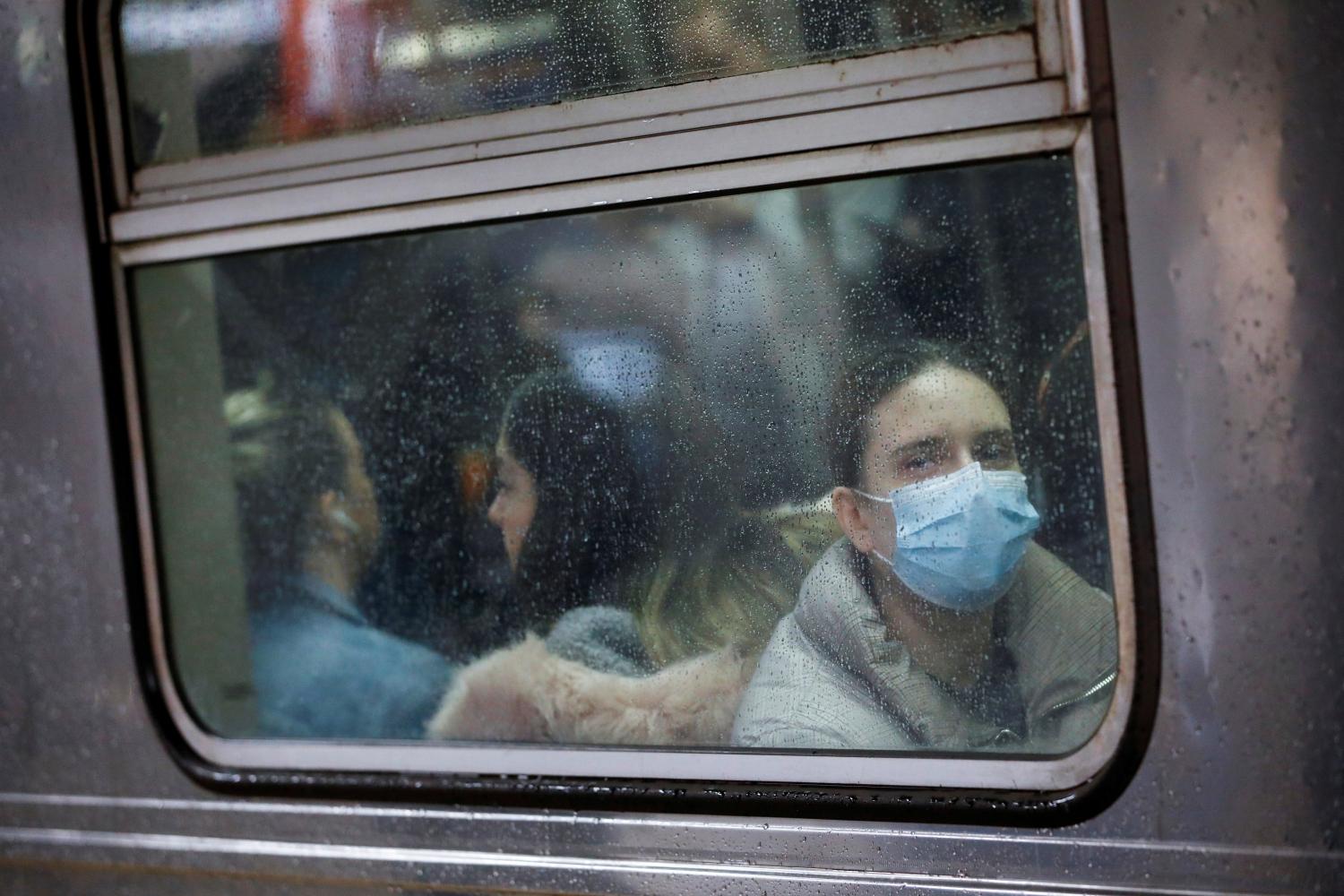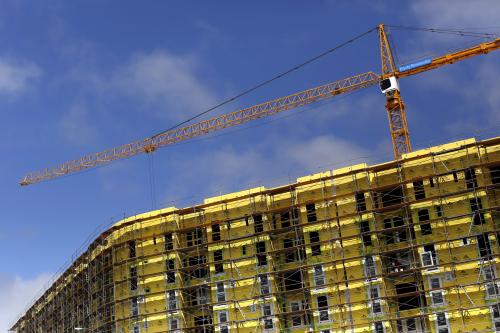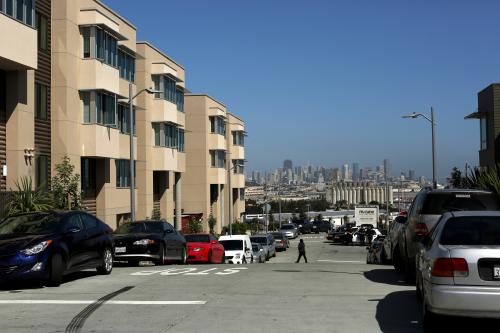As COVID-19 (or the coronavirus) spreads and Americans prepare for potential quarantines, public health officials have recommended some advice for U.S. households: Namely, stock up two weeks of supplies, avoid crowds, and stay in your homes.
And that advice is fine for middle-class suburbanites with white-collar jobs. Sure, hop in the SUV and drive to the nearest Costco. Stash extra cases of canned beans in the pantry and frozen veggies in the basement freezer. Kids can hang out in their separate bedrooms or play in the backyard while parents conduct conference calls from the home office.
Of course, for people who lack these residential resources—especially those with unstable, crowded, or poor-quality housing—this situation is impossible. Not to mention the fact that workers in fields such as food service, retail, and hospitality can’t conduct their work remotely. In the face of a global pandemic, what are these Americans supposed to do?
Workers in fields such as food service, retail, and hospitality can’t conduct their work remotely. In the face of a global pandemic, what are these Americans supposed to do?
“Sheltering at home” requires good housing
The people who will have trouble “sheltering at home” are already among the most vulnerable populations. Estimating how many people will be affected is tricky, because these are also the most difficult populations for the Census Bureau to count. But we can predict which types of housing situations will create the greatest barriers.
Homeless persons. More than 500,000 people across the U.S. are homeless, roughly 40% of whom are unsheltered (living on streets, parks, and other open spaces). The remaining 60% live in temporary homes, including cars, shelters, or doubled-up with family. In a recent Curbed piece, Alissa Walker described the many challenges that homeless individuals face in trying to protect themselves from COVID-19, including hand-washing and storing food, which are critical obstacles.
Unaffordable or unstable housing. The poorest 20% of U.S. households spend more than half their monthly income on rent. Any loss of income—say, food service workers having their hours reduced as fewer people patronize restaurants—will put these households behind on their rent, increasing their risk of becoming homeless.
Group quarters. Some of the first U.S. fatalities from COVID-19 occurred in a nursing home outside Seattle. Contagious diseases spread rapidly in these types of group quarters, with residents living in close contact, sharing bathrooms, and eating together. Nearly 4 million Americans live in institutional group quarters such as nursing homes and correctional facilities. Another 4 million live in noninstitutional facilities, including college dorms, military barracks, and group foster homes. While colleges and universities can close dorms to prevent the spread of the coronavirus, that’s not an option for nursing homes or prisons.
Overcrowded households. Keeping the recommended 6-foot distance between people is tough for households with too many people crammed into too small of a space. Nationally, a very small share of households are overcrowded (more than two persons per bedroom). But the incidence varies substantially across population groups and cities: Nearly 15% of households with children living in high-cost metro areas are overcrowded. And even single-person households in small studio apartments or “tiny homes” will have difficulty storing extra supplies.
Unsafe, unhealthy housing. Even in the absence of contagious diseases, low-income households are more likely to live in housing that damages their health: mold and pest infestations that exacerbate asthma, for example, or lead paint and other toxic substances that harm children’s neurological development. We have virtually no data on how many people live in informal, unregulated housing, which is often ignored by local governments until disaster strikes.
To prepare, people need money, well-stocked stores, and reliable transportation
Low-wage workers who live paycheck to paycheck will be hard pressed to come up with the funds to buy two weeks of supplies in advance. Neighborhood resources matter too: Low-income urban neighborhoods have few large supermarkets or big box stores within easy reach. The corner stores and bodegas that many people rely on for supplies only carry small portions, and bulk buying from these stores isn’t just less convenient, it’s more expensive: The per-unit cost of one toilet paper roll is higher than buying a large package. Riding the bus home with a few days’ worth of groceries is one thing. Lugging home two weeks’ worth of rice, dried beans, and canned goods is another.
Giving people money—quickly—would help. But it’s not the whole solution.
For households who lack resources, giving people money as quickly and directly as possible would help. Short-term financial assistance would help poor families continue paying rent and buying food until the broader economy stabilizes. It would be more effective than a temporary moratorium on evictions (as some jurisdictions have enacted), since landlords also need money to pay their mortgages, property taxes, and utilities. Banks offering to allow borrowers more time on their mortgages could help homeowners as well as landlords—but the bigger concern is renter households, who have lower incomes and smaller savings.
For far too long, policymakers at all levels of government have failed to provide decent-quality, stable, and affordable housing to millions of Americans. In COVID-19, we’re only starting to see the devastating consequences of that failure.
Many of the other problems will be harder to address. To reach homeless populations, local governments will need not just money but trained staff, portable bathrooms, and modular housing. The short-term housing solutions we often use in the aftermath of natural disasters—gathering displaced people into large facilities such as gyms or convention centers—are not advisable during contagious disease outbreaks.
For far too long, policymakers at all levels of government have failed to provide decent-quality, stable, and affordable housing to millions of Americans. In COVID-19, we’re only starting to see the devastating consequences of that failure.
Sarah Crump provided excellent research assistance for this post.
The Brookings Institution is committed to quality, independence, and impact.
We are supported by a diverse array of funders. In line with our values and policies, each Brookings publication represents the sole views of its author(s).








Commentary
America’s inequitable housing system is completely unprepared for coronavirus
March 12, 2020